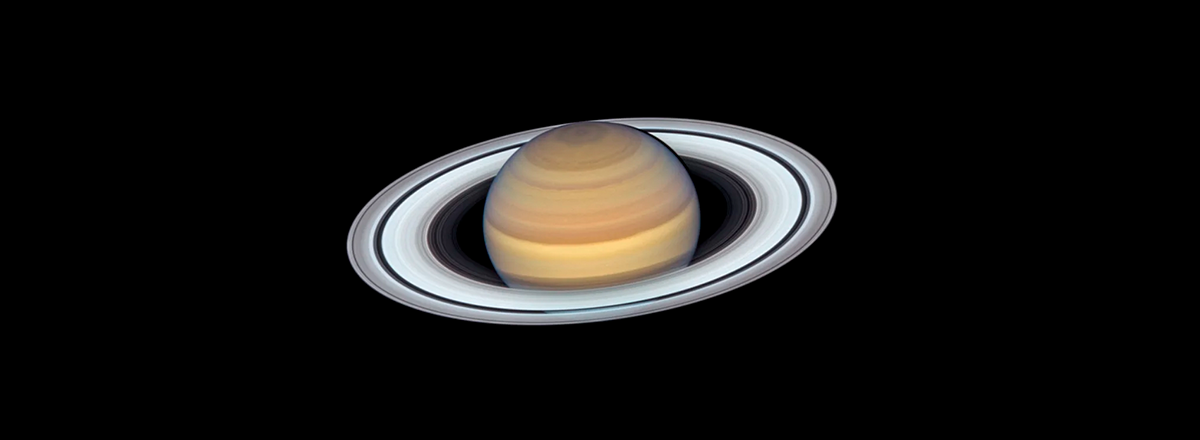Saturn's Iconic Rings Are Disappearing
Over time, the rings lose tons of mass every second, ultimately leading to their disappearance. Scientists estimate that the rings may last for another few hundred million years before vanishing completely.

Saturn, known for its magnificent icy rings, may soon lose its most iconic feature, according to recent research. New analysis of data gathered by NASA's Cassini mission, which orbited the gas giant between 2004 and 2017, has shed light on the age and potential disappearance of Saturn's rings. Three studies published in May have provided valuable insights into this celestial phenomenon.
While our solar system and its planets formed approximately 4.6 billion years ago, the age and origin of Saturn's rings have long been debated by scientists.
The Cassini data, published in the journal Icarus on May 15, supports the theory that Saturn's rings emerged long after the planet's formation. Similar conclusions were reached in additional studies published in Science Advances and Icarus on May 12 and 15, respectively. It is noted that Saturn's rings must be just a few hundred million years old.
Saturn's rings primarily consist of ice, with a small percentage comprising rocky dust from broken asteroid fragments and micrometeoroids. These particles collide with the ring material, creating floating debris as the ring material orbits the planet. Over time, the rings lose tons of mass every second, ultimately leading to their disappearance. Scientists estimate that the rings may last for another few hundred million years before vanishing completely.

